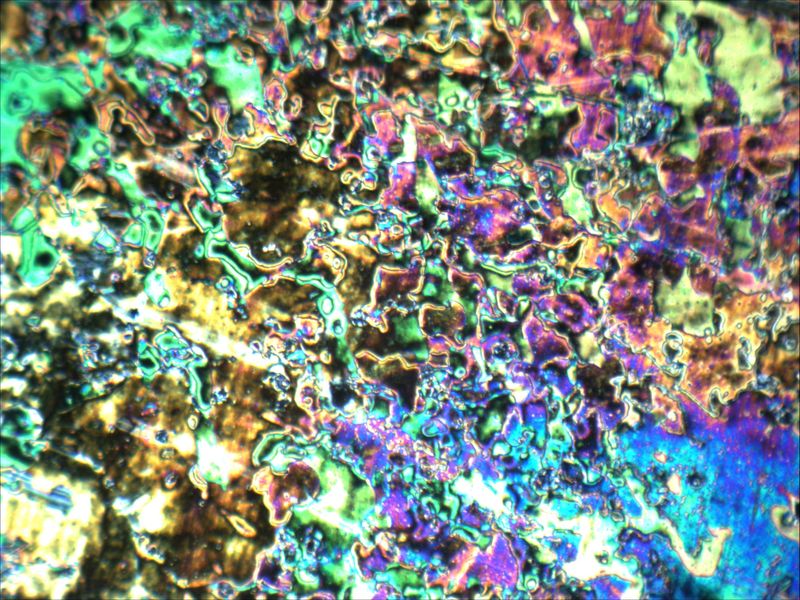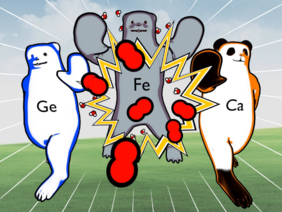The rapidly growing energy consumption and environmental concerns have driven the development of technologies to produce and use hydrogen (H2) as an energy source. However, at present, H2 is produced primarily through the use of fossil fuels. In contrast to this, water electrolysis is a more promising way to produce H2 as it provides a sustainable and clean H2 fuel, which is necessary to solve the global environmental pollution and energy demand in the future.
For electrocatalytic water splitting, the oxygen evolution reaction (OER) has been the bottleneck for the overall reaction efficiency. This is because the OER involves complicated four-electron and proton transfers with multiple high-energy reaction intermediates, thereby being kinetically and thermodynamically slow. The OER needs to be accelerated using a suitable catalyst. Noble metal-based catalysts have been developed and commercialized to accelerate the OER – however, their use is expensive and not very sustainable. Therefore, efficient alternatives based on inexpensive and available materials need to be found.
Based on the low-cost and relatively high catalytic activity, considerable efforts have been made to develop transition metal-oxygen electrocatalysts for the alkaline OER. However, in this process, the role of the alkaline earth metals has often been neglected.
In their current study, a team of UniSysCat researchers developed a superiorly efficient and active Ca−Fe−O catalyst for electrocatalytic water splitting. Using a combination of various ex-situ and in-situ characterization methods and electrochemical measurements, the critical role of the alkaline earth metal Calcium (Ca) could be determined. The study recently published in ChemCatChem involves the UniSysCat groups of Dr. Ingo Zebger, Prof. Matthias Drieß and Dr. Prashanth W. Menezes.
For the first time, the research team developed a novel CaFe6Ge6 pre-catalyst, whose surface rapidly transforms into a porous ultrathin Ca−Fe−O heteroshell structure during the OER. This heteroshell structure was found to be a very efficient catalyst material owing to its large electrochemical surface area and very well exposed active Fe sites. In addition, the role of Ca could be determined as follows: The presence of Ca in Ca−Fe−O is responsible for the enhanced transport and activation of hydroxyls and related OER reaction intermediates which was unequivocally illustrated by a combination of quasi in-situ Raman spectroscopy and various ex-situ methods.
The current findings underline the function and importance of redox inert metals (alkali and alkaline earth metals) in electrocatalytic systems that have often been neglected in the promotion of OER, especially from the perspective of structural reconstruction with flexible and varied components.
This study has been published as an Open Access paper in ChemCatChem: H. Yang, J. N. Hausmann, V. Hlukhyy, T. Braun, K. Laun, I. Zebger, M. Driess, P. W. Menezes, ChemCatChem, 2022, 14, e202200293. https://doi.org/10.1002/cctc.202200293



